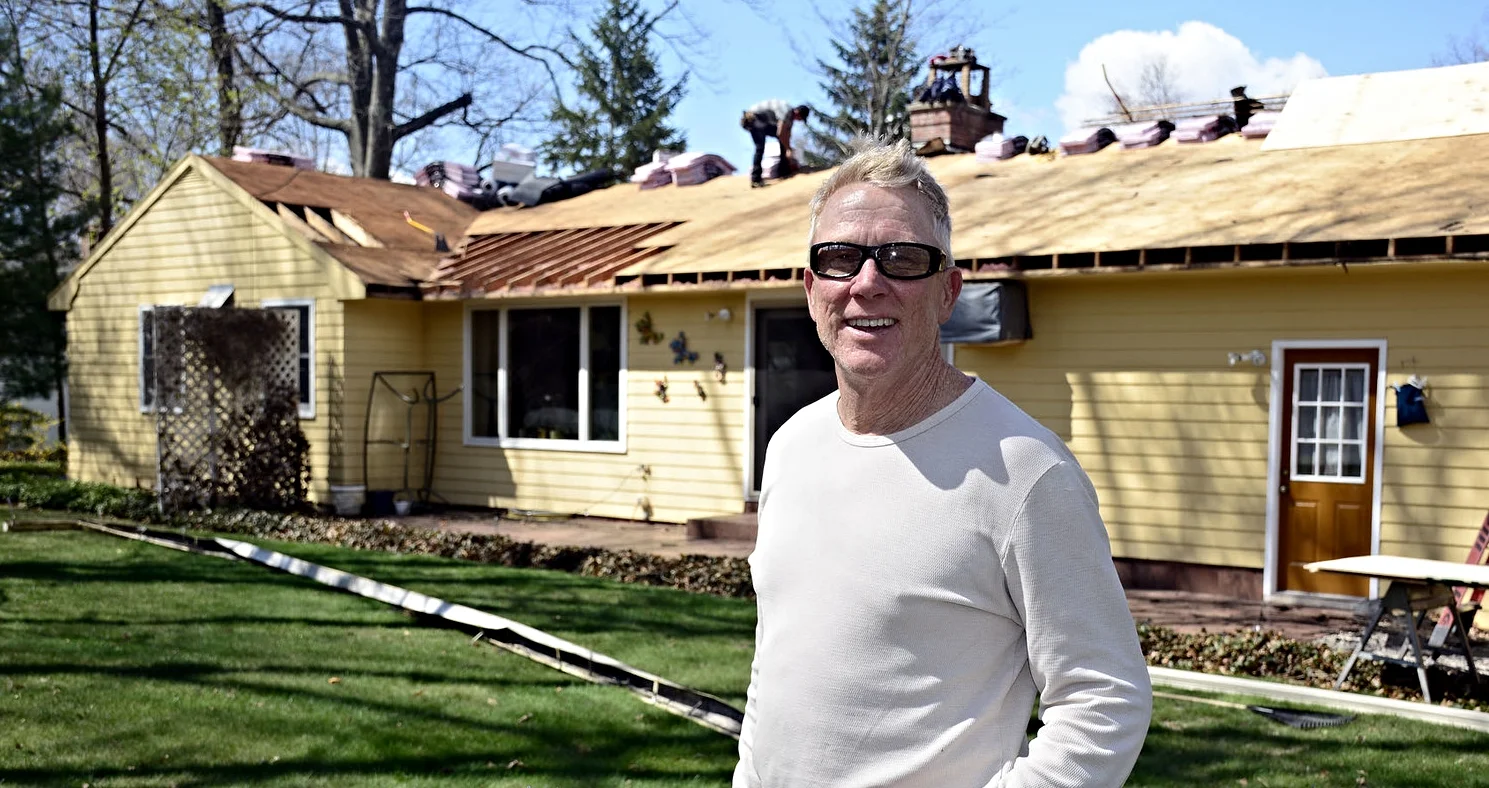Protecting Your Home From Attic Moisture
Chelsea O'Donnell
If your attic holds a lot of moisture, it can cause a lot of problems for the health of your home. Last week we took a deep dive into the most common culprits of humidity and this week we’ll be talking about how to remedy those issues. To get rid of moisture in your attic, you'll need to identify and address the underlying causes. Here are some steps you can take:
Find the source: If your attic humidity level is high, first determine what is causing the excess moisture. The most likely culprits are inadequate ventilation and insulation, roof leaks, or a plumbing issue.
Improve ventilation: Most houses that I visit do not have enough ventilation. It’s truly the best way to reduce moisture buildup and keep the temperature in your home more regulated year-round.
Look for air leaks: Check for any gaps, cracks, or openings that might be allowing warm, moist air from your home to enter the attic. Seal these leaks with caulk or weatherstripping to prevent the transfer of moisture. It will also help if critters tend to find their way into the attic.
Insulate properly: Insulation helps regulate temperature and prevent condensation. Ensure your attic is adequately insulated to minimize temperature differences between the interior and exterior. Insulation is not just helpful for the winter months, it’s actually crucial year-round.
Assess for roof leaks: Inspect your roof for any signs of leaks or damaged shingles or if you’re not comfortable on a ladder, contact a professional. They will inspect both in interior and exterior of the home and be able to advise on appropriate repairs or replacements.
Address plumbing issues: If there are plumbing pipes or HVAC ducts running through your attic, check for any leaks or condensation. Repair any leaks and insulate the pipes or ducts to prevent moisture buildup.
Control humidity levels: Excessive humidity in your home can contribute to attic moisture problems. Use dehumidifiers in areas with high humidity, such as basements or bathrooms, to control moisture levels. Additionally, ensure your kitchen and bathroom vents are properly vented to the exterior, not into the attic.
Monitor and maintain: Regularly inspect your attic for signs of moisture or mildew. If you notice any issues, promptly address them to prevent further damage.
Attics are always tricky because they are so rarely occupied. However, if humidity levels increase the moisture will become a mold problem very quickly, which is hazardous to both your home’s health and yours. When in doubt, always contact a professional for guidance. A licensed contractor will be able to help remediate any problems both in the short and long term.
Bob O’Donnell is the owner of O’Donnell Bros. Inc., a Bristol-based home improvement company established in 1975. Email your questions for Bob to info@odonnellbros.com with the subject line “Ask the Pro.” All questions may be considered for publication. To contact Bob for your remodeling needs, call O’Donnell Bros. Inc. at (860) 589-5155 or visit http://www.odonnellbros.com. Advice is for guidance only.
